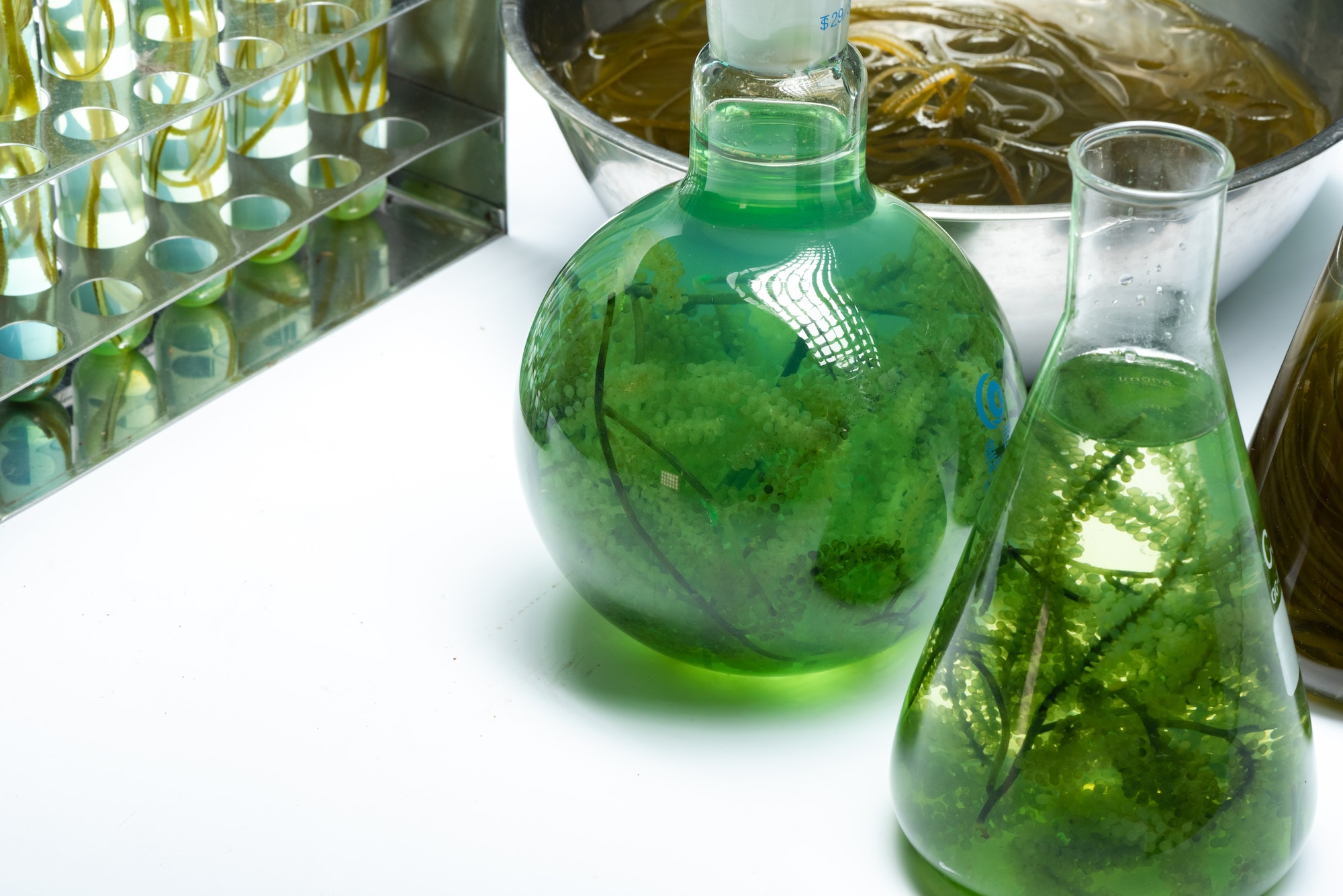Photobioreactors (PBRs) are closed systems designed for the cultivation of microalgae, which offer several advantages over traditional open pond systems. These advantages include controlled environmental conditions, higher biomass production, and reduced contamination risks. However, scaling up PBR systems for large-scale cultivation presents numerous challenges that need to be addressed in order to optimize performance and cost-effectiveness. This article discusses some of the main challenges in scaling up photobioreactor systems and highlights potential future developments in this area.
Firstly, one key challenge in scaling up PBRs is maintaining optimal light conditions for algal growth. Microalgae require light for photosynthesis, and the availability of light is a crucial factor affecting growth rates. In small-scale systems, it is relatively easy to provide sufficient light to all algal cells. However, as the system size increases, the distribution of light becomes more uneven, leading to areas of high and low light intensity within the reactor. This can cause suboptimal growth rates or even cell death in areas with insufficient light. To address this challenge, researchers are working on developing more efficient light distribution systems and exploring alternative light sources such as LEDs.
Another challenge in scaling up PBRs is providing adequate mixing to ensure uniform distribution of nutrients and gases throughout the culture. In small-scale systems, simple agitation methods such as shaking or stirring may be sufficient to maintain homogeneity. However, in large-scale systems, more advanced mixing techniques are required to prevent nutrient stratification and ensure efficient gas exchange. Some possible solutions include the use of airlift reactors or mechanical mixers. However, these methods can also increase energy consumption and costs.
Temperature control is another critical aspect of large-scale PBRs that needs careful consideration. Microalgae are sensitive to temperature changes, and maintaining optimal conditions is crucial for maximizing growth rates and biomass production. In small-scale systems, temperature control is relatively straightforward due to the small volume of culture. However, in large-scale systems, maintaining uniform temperature distribution becomes more challenging and may require additional cooling or heating systems. These systems can be costly and energy-intensive, so developing efficient temperature control methods is essential for the economic viability of large-scale PBRs.
Contamination is a significant concern in all algal cultivation systems, but it becomes particularly challenging when scaling up PBRs. The closed nature of PBRs can help reduce the risk of contamination compared to open pond systems. However, as the system size increases, the number of potential contamination points also increases, making it more difficult to maintain a sterile environment. Developing effective sterilization methods and monitoring strategies is essential to minimize contamination risks and ensure consistent biomass production.
Finally, the high capital and operational costs associated with PBRs are significant barriers to large-scale implementation. The materials and equipment required for constructing and operating PBRs can be expensive, particularly when compared to open pond systems. To overcome this challenge, researchers are focusing on developing more cost-effective materials and designs for PBRs. For example, alternative materials such as plastics or flexible films may offer a more affordable solution for constructing large-scale reactors.
In conclusion, scaling up photobioreactor systems for large-scale cultivation of microalgae presents numerous challenges that need to be addressed in order to optimize performance and cost-effectiveness. Addressing these challenges will involve advances in light distribution systems, mixing techniques, temperature control methods, contamination prevention strategies, and cost-effective materials and designs. As research and development continue in this area, it is expected that large-scale PBRs will become increasingly viable and play a crucial role in meeting the growing demand for microalgae-derived products.

